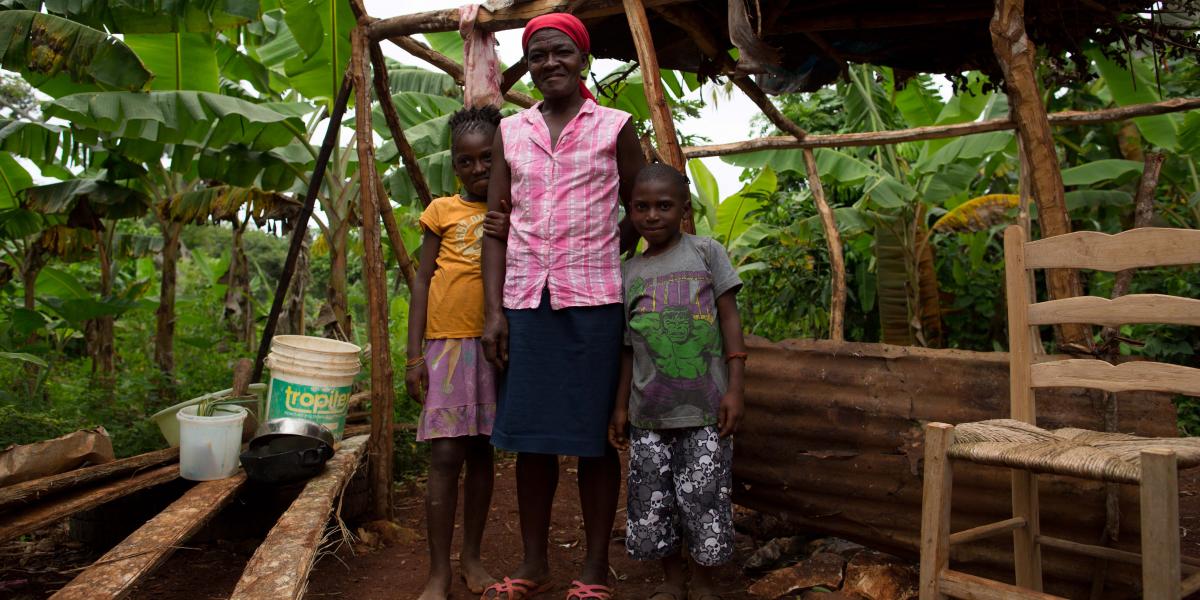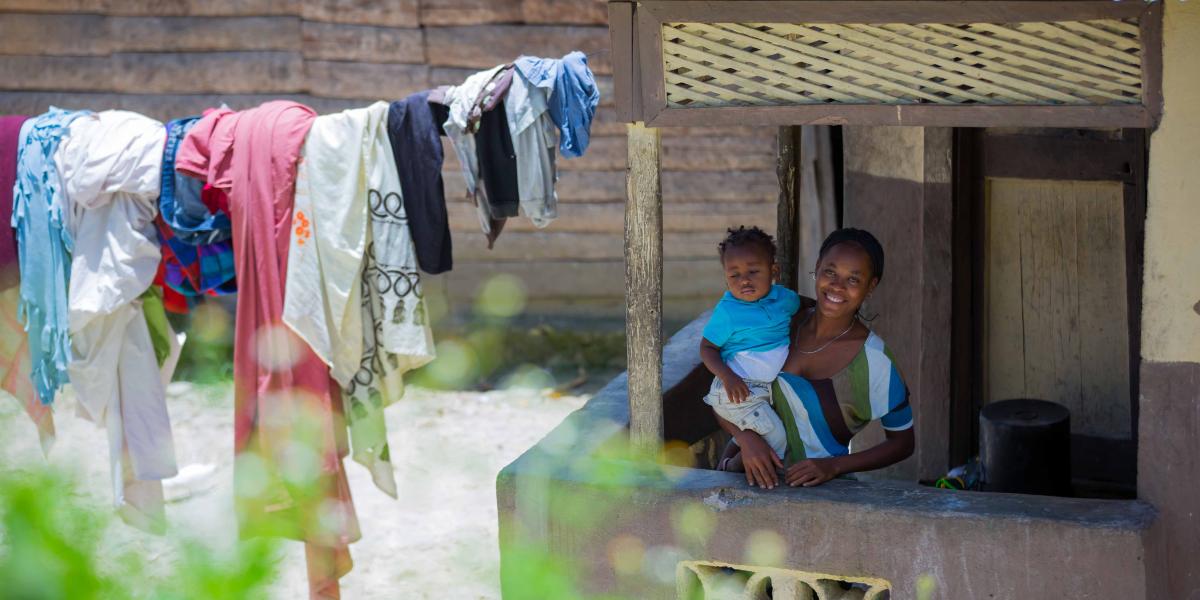Kore Lavi
A safety net to sustain life in Haiti
Story and Photos by Ellie Van Houtte
October 2016
Off to market
Around the steep bend of the bumpy dirt road Christela Lindor rides into town on a motorbike taxi.
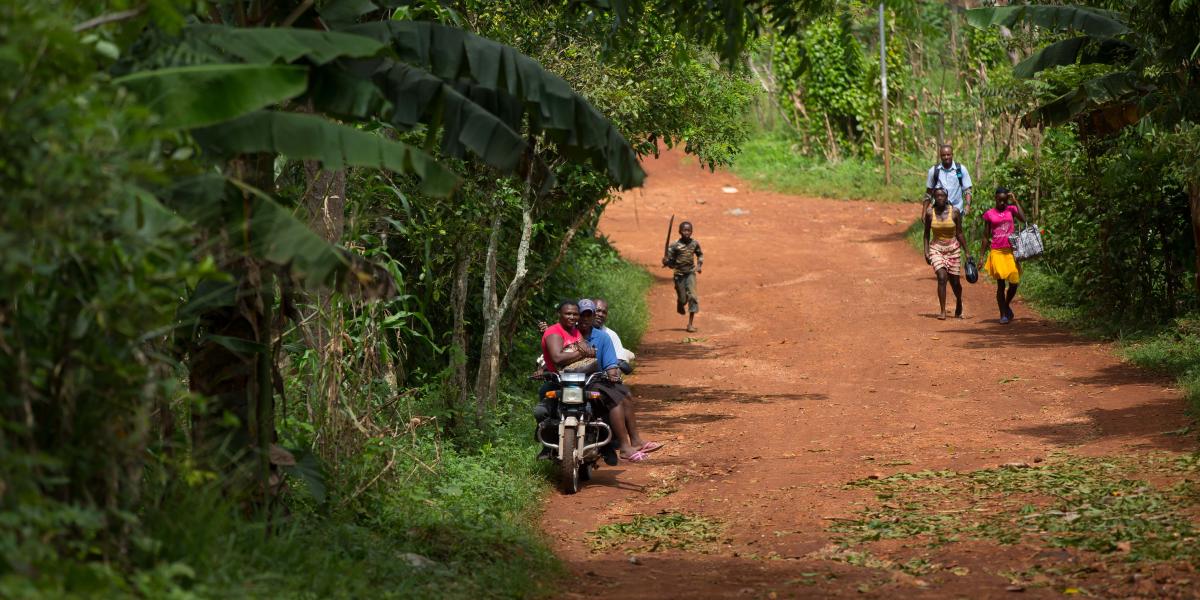
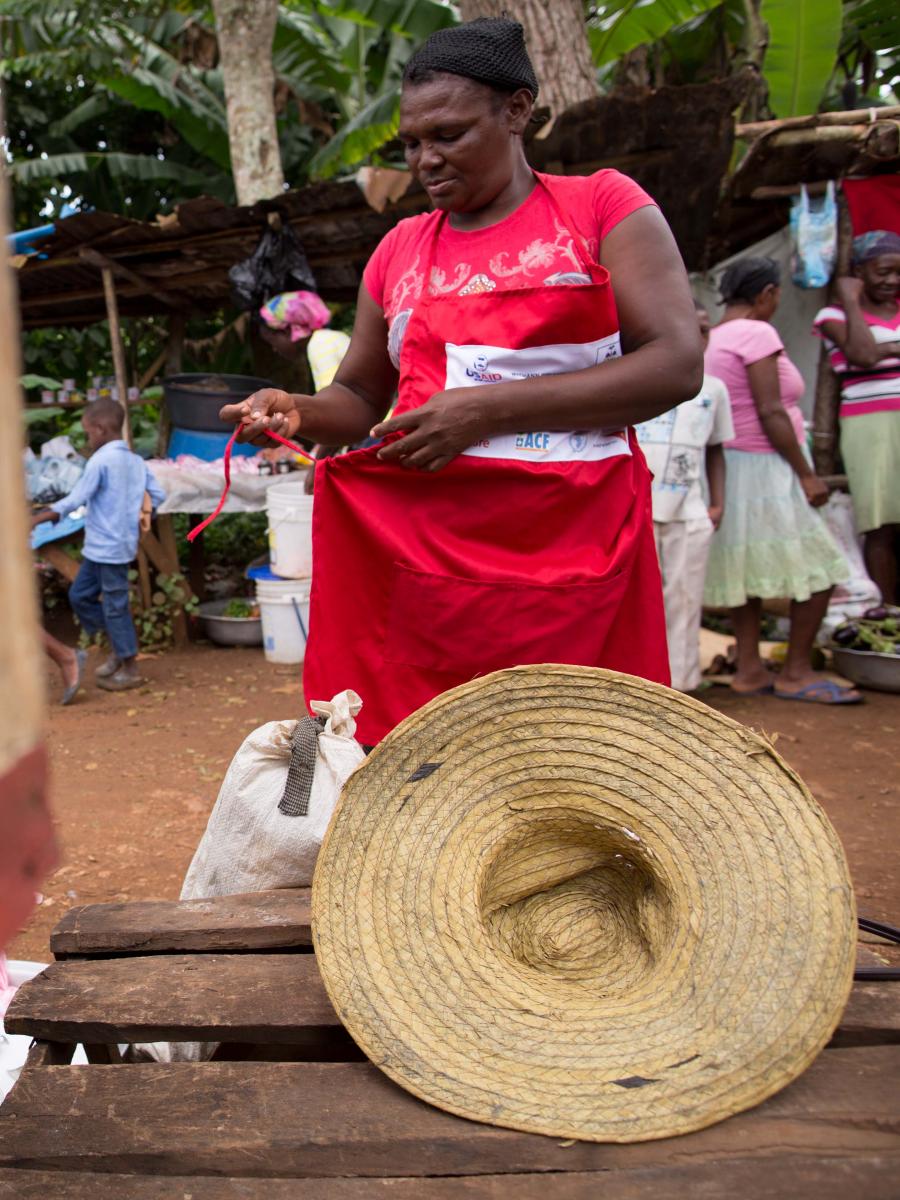
Christela unfurls a red apron around her body and adjusts a wide-brimmed hat as the morning market hustle amplifies around her.
Before she can shake the carrots, beets, cabbages and colorful produce from burlap bags onto her roadside market table, Christela is surrounded by her first customers of the day.
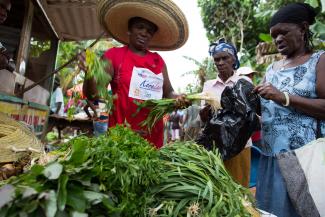
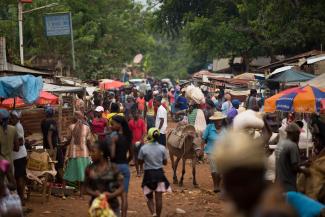
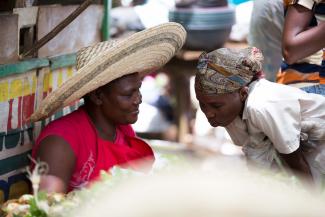
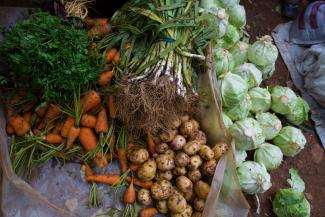
Once a week the mountain town of Canyette comes alive with the cadence of donkeys carrying baskets of vegetables, fruits, and meat.
The colorful canvas that unfolds is so vibrant that it’s difficult to imagine that more than half of all Haitians are undernourished.
Lingering drought and Hurricane Matthew have reduced food production and decreased income, while simultaneously increasing the price of food. For most Haitians, food is just too expensive to afford.

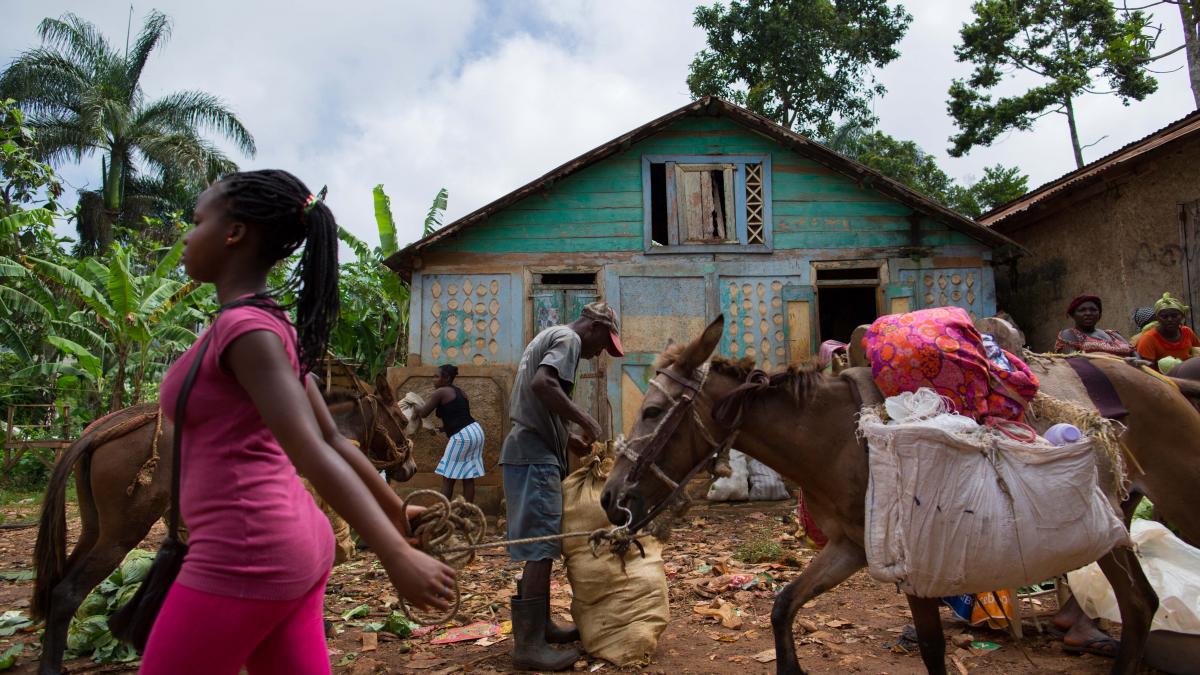
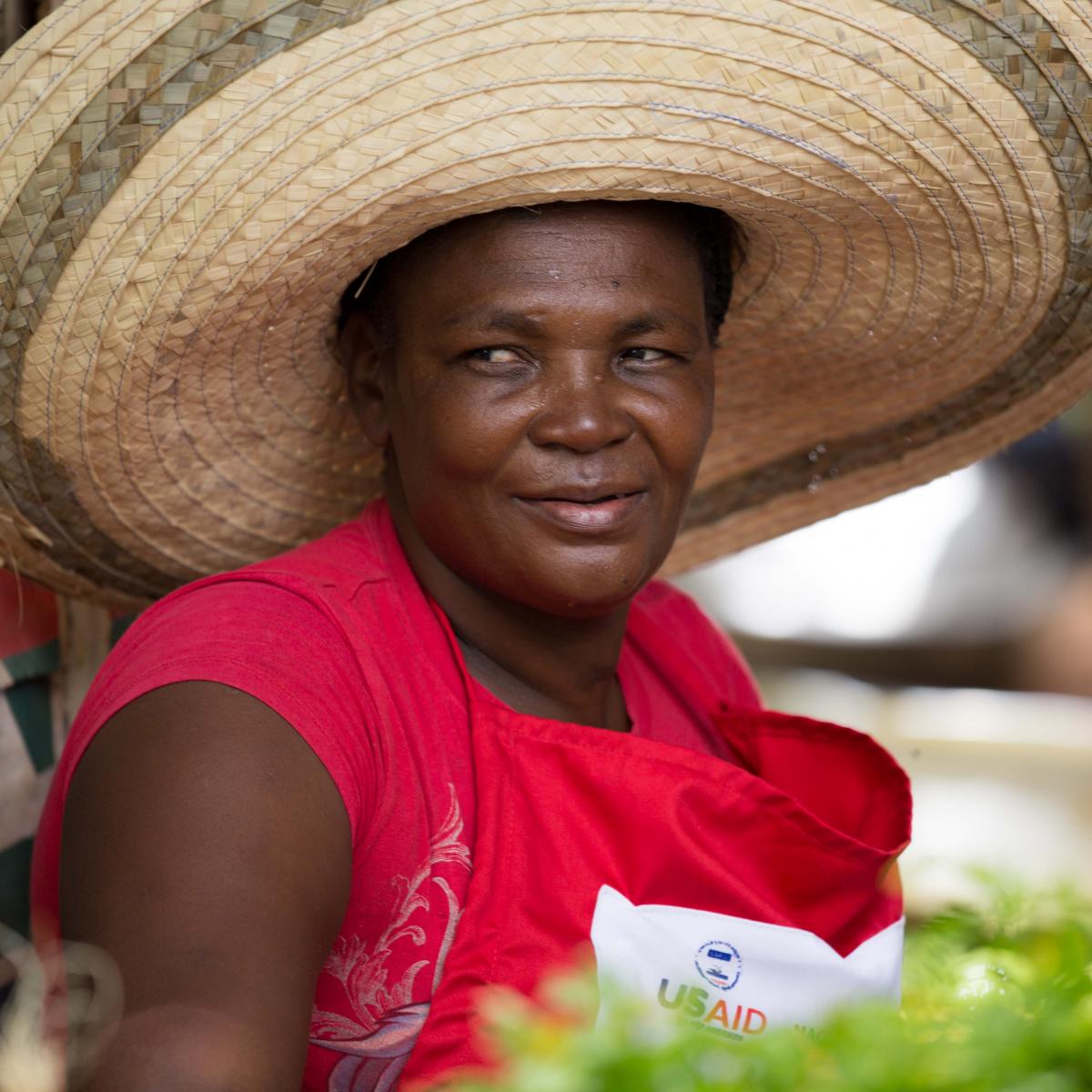
Christela is part of the solution.
While Haitian gourdes readily exchange pockets at the market, Christela exchanges another currency—paper vouchers from families facing the greatest food insecurity.
She is one of more than 700 vendors across Haiti who sell local, nutritious foods to participants of the Kore Lavi program.
Although the regions of Haiti where Kore Lavi is implemented were not the worst impacted by Hurricane Matthew, project partners are supporting affected communities, while continuing to serve existing Kore Lavi beneficiaries.
She is part of a network.
A safety net that USAID and the Government of Haiti are building by encouraging increased food production and better nutrition.
When Christela exchanges vouchers for cash from an agent, at day’s end, she goes home a happy woman. As do the many families who can now afford to have balanced meals with the monthly Kore Lavi cash vouchers they receive.
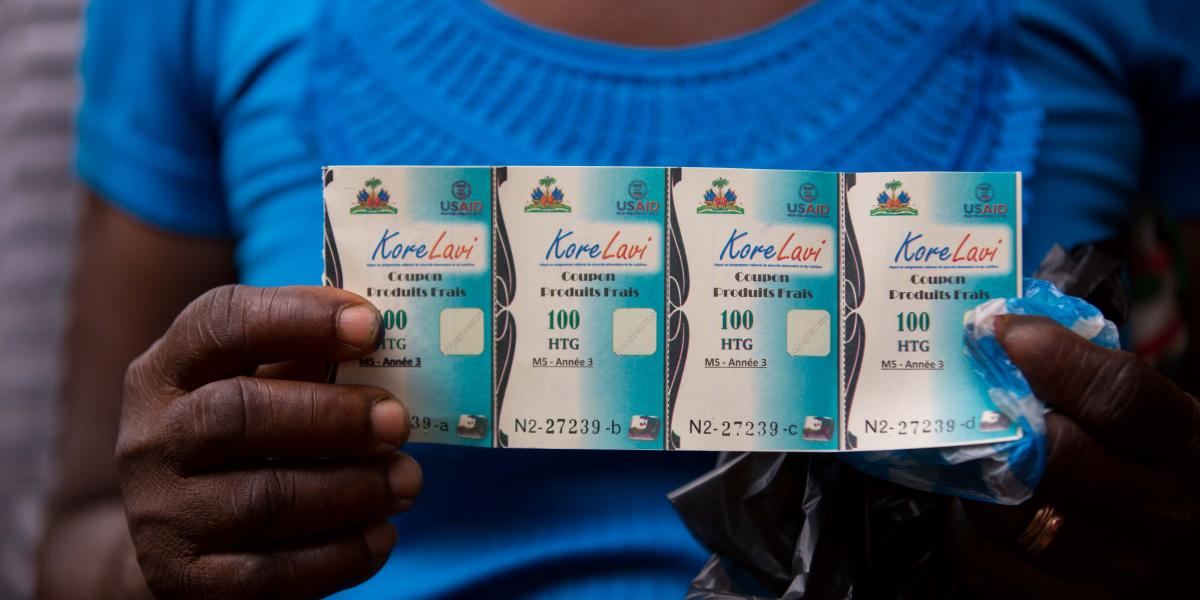
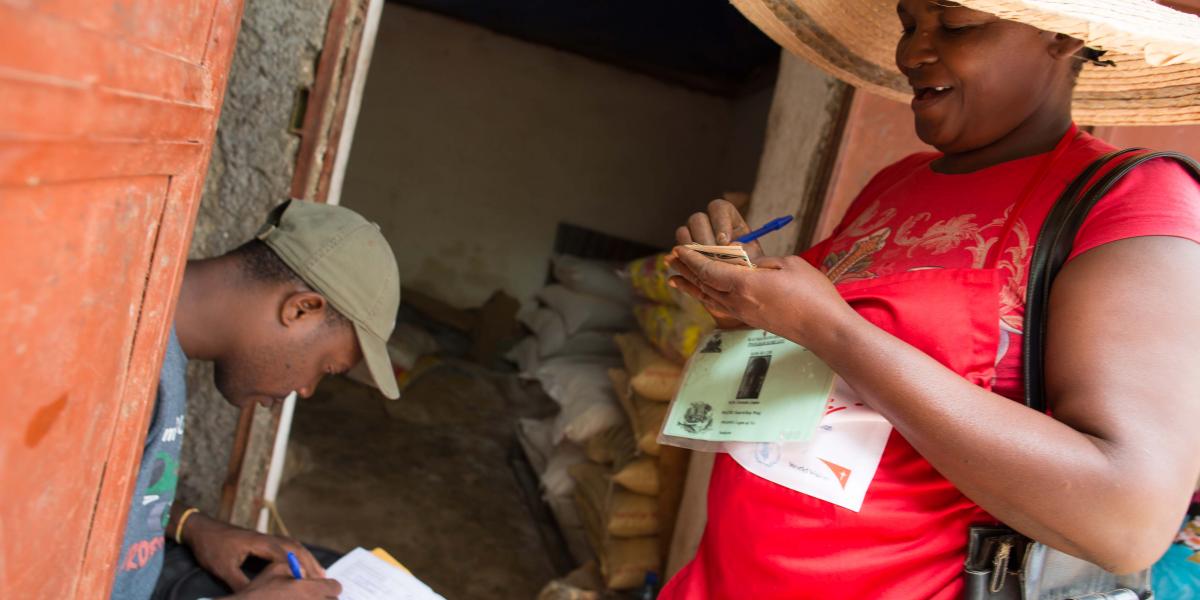
Home cooking
The Kore Lavi program allows Marie Anna to make a satisfying meal for her family with the foods she purchases with her monthly vouchers.
Marie Anna does not have the luxury of running water or power at home. To prepare a meal, Marie Anna and her children use their small outdoor kitchen.
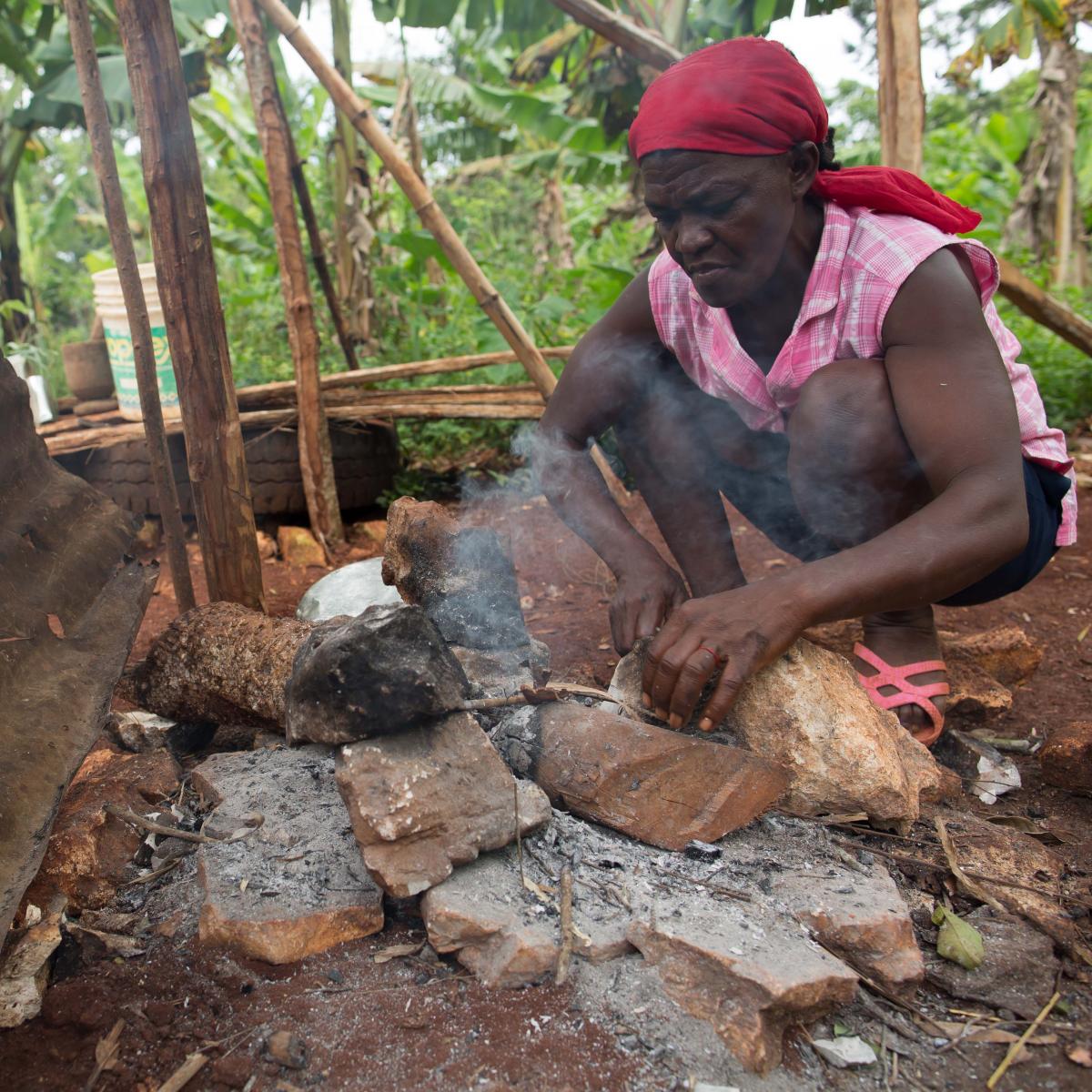
She cuts the garlic and onions and mixes it with oil in one pot; Adds chives, parsley and a handful of beef in another. Minutes pass, then hours. Eventually, a protein-rich porridge of maize emerges as a complete meal.
Marie Anna says that these meals make her children stronger. “They used to feel weak, but with some meat now and then, they feel better.”
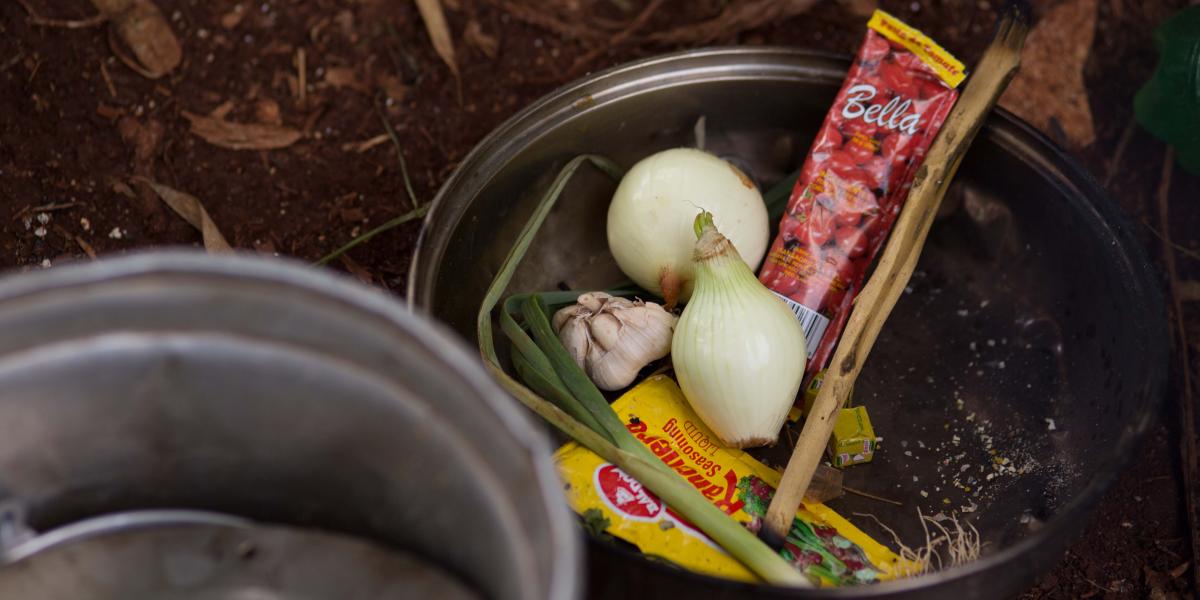
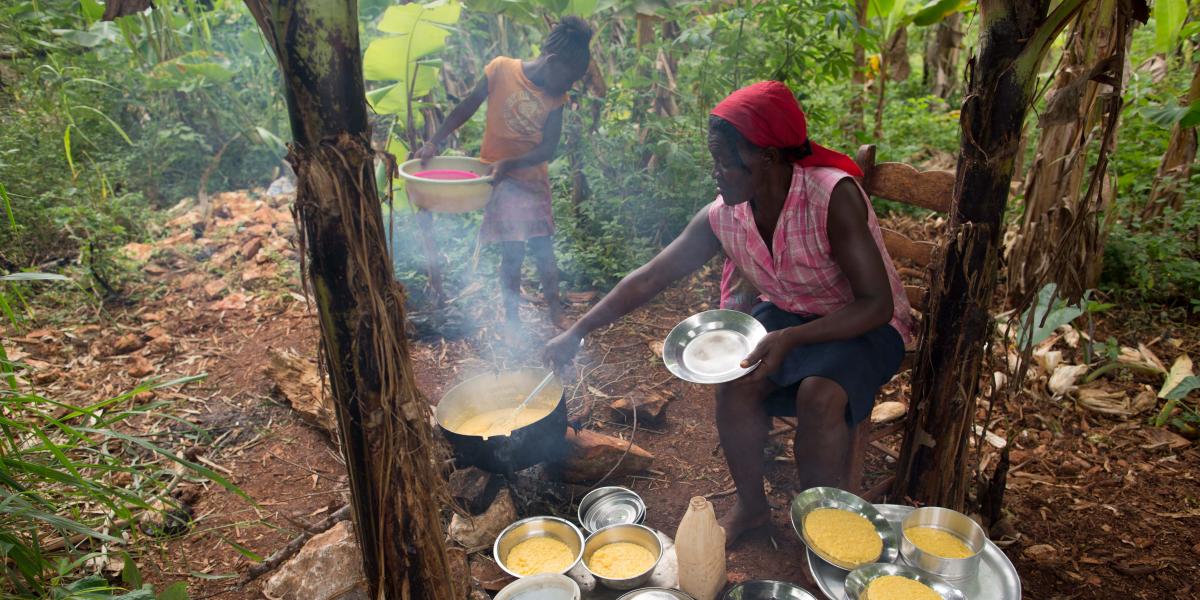
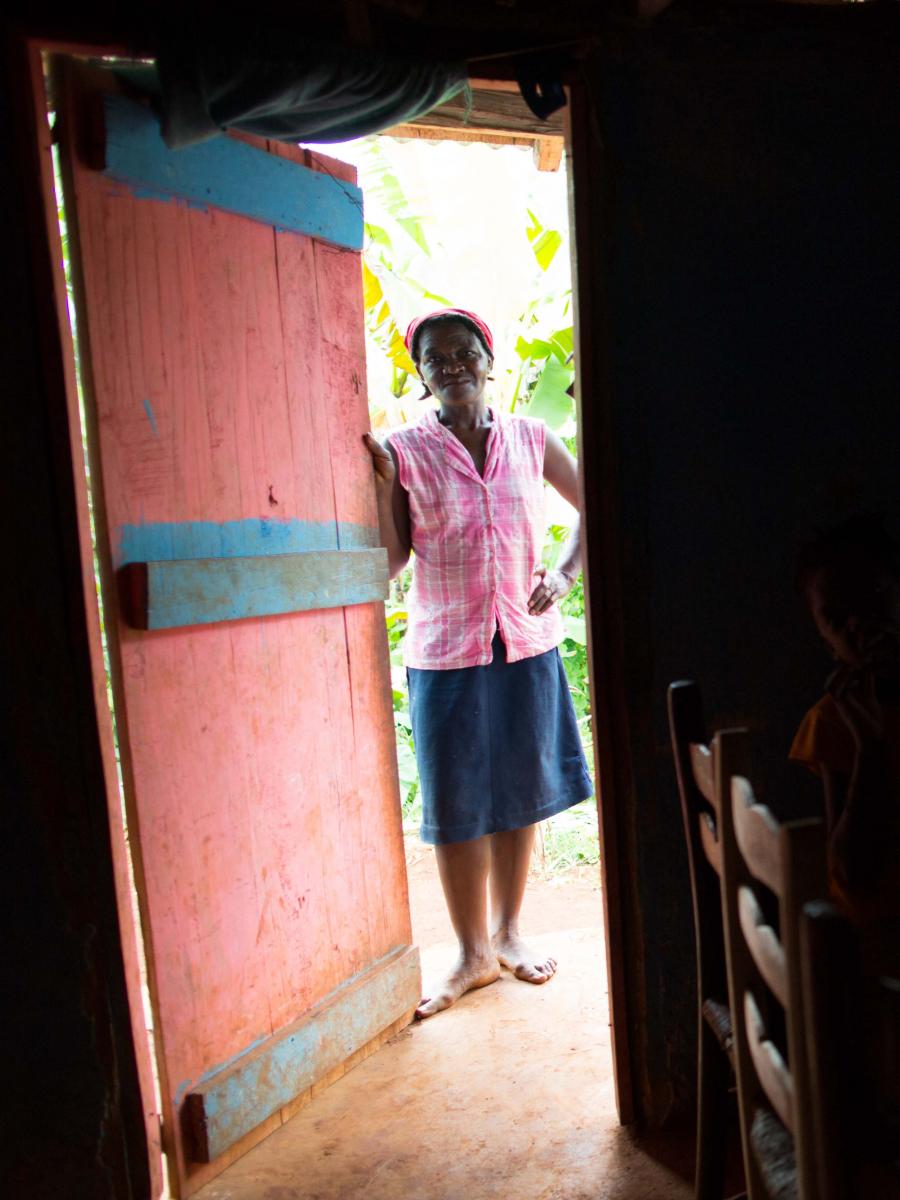
Kore Lavi means "supporting life" in Creole and it is a lifeline for Marie Anna.
The food she is able to purchase through Kore Lavi enables her to save money to help pay for school fees for her children.
“I want my children to continue with school, for without school one can’t find anything to do,” Marie Anna remarks. “School is what will help my children find a job.”
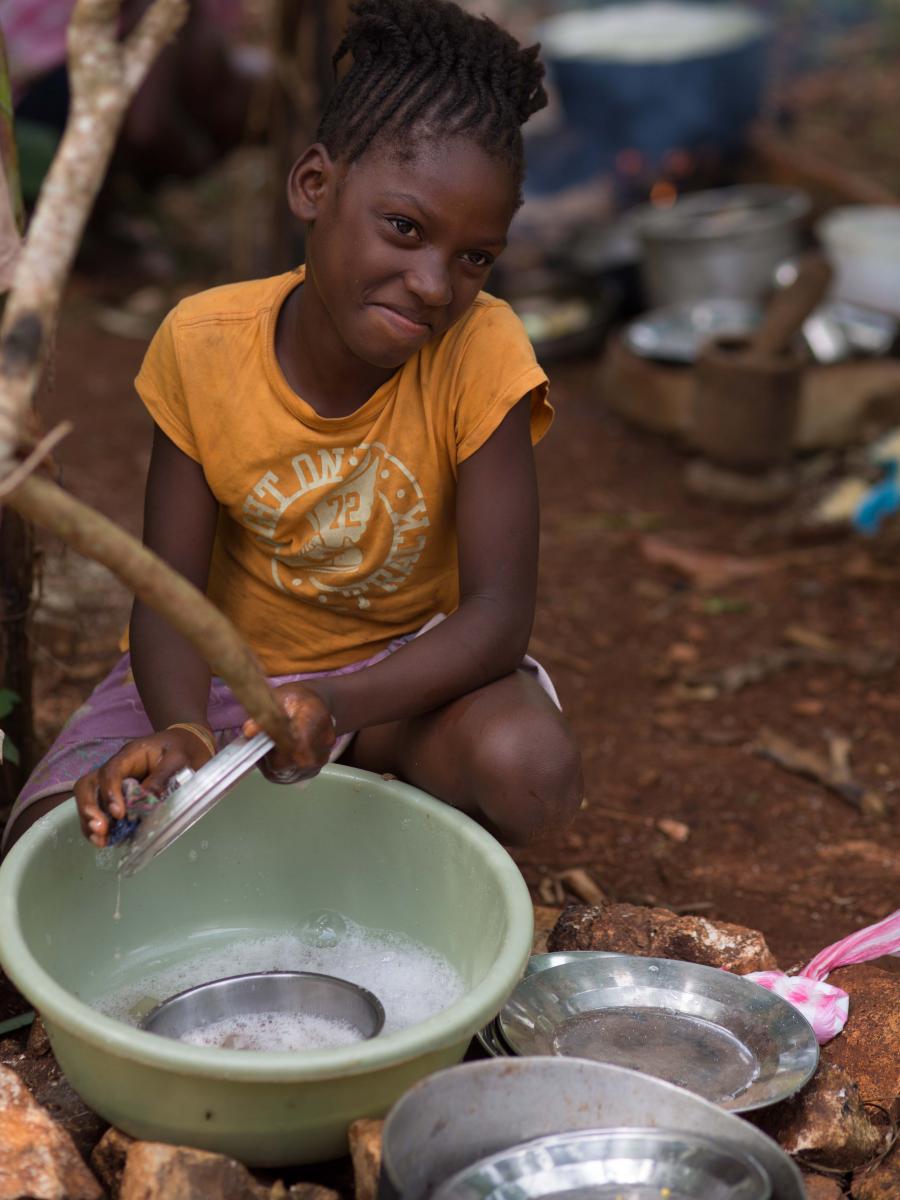
If Marie Anna gets her wish, her daughters will become self-sufficient women like Natasha Thevenin, a volunteer who fulfills another important component of Kore Lavi — reducing malnutrition.
Kore Lavi participants like Marie Anna don’t just receive food vouchers for nutritious local ingredients. They also receive home visits from Kore Lavi “lead mothers” like Natasha, who distribute information on good nutrition and how to prevent malnutrition in infants and toddlers, especially during the first 1,000 days of life.
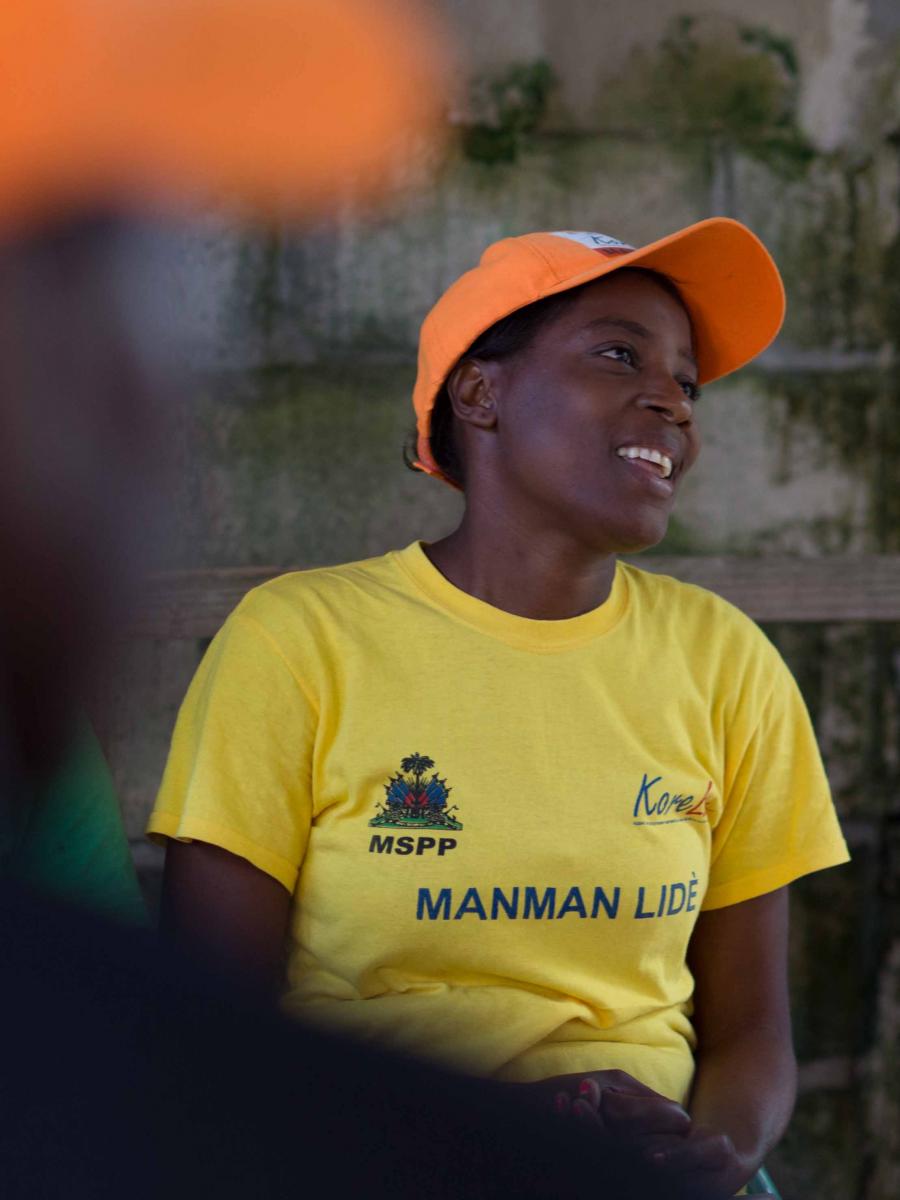
Natasha spreads the word
She is one of 19,000 “lead mothers” and fathers in Haiti.
Health clinics are few and far between, and transportation by foot over Haiti’s mountainous terrain is challenging. To reach under-served rural villages with information about infant and child nutrition and good hygiene, USAID trains women like Natasha to be peer coaches.
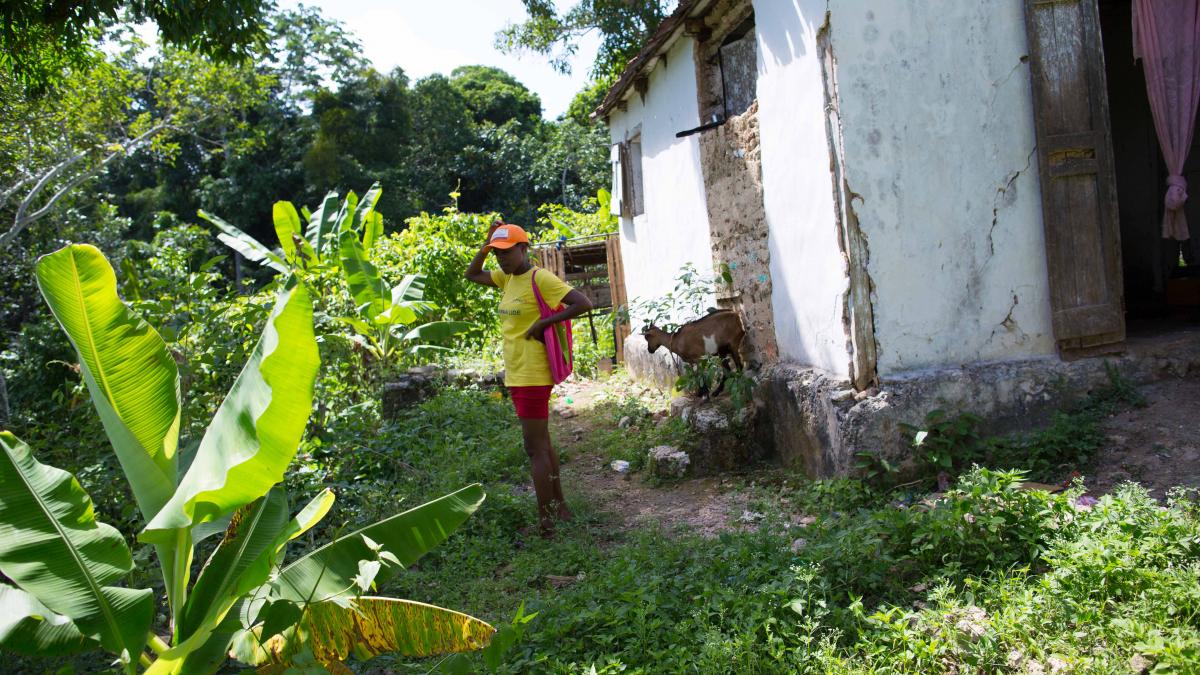
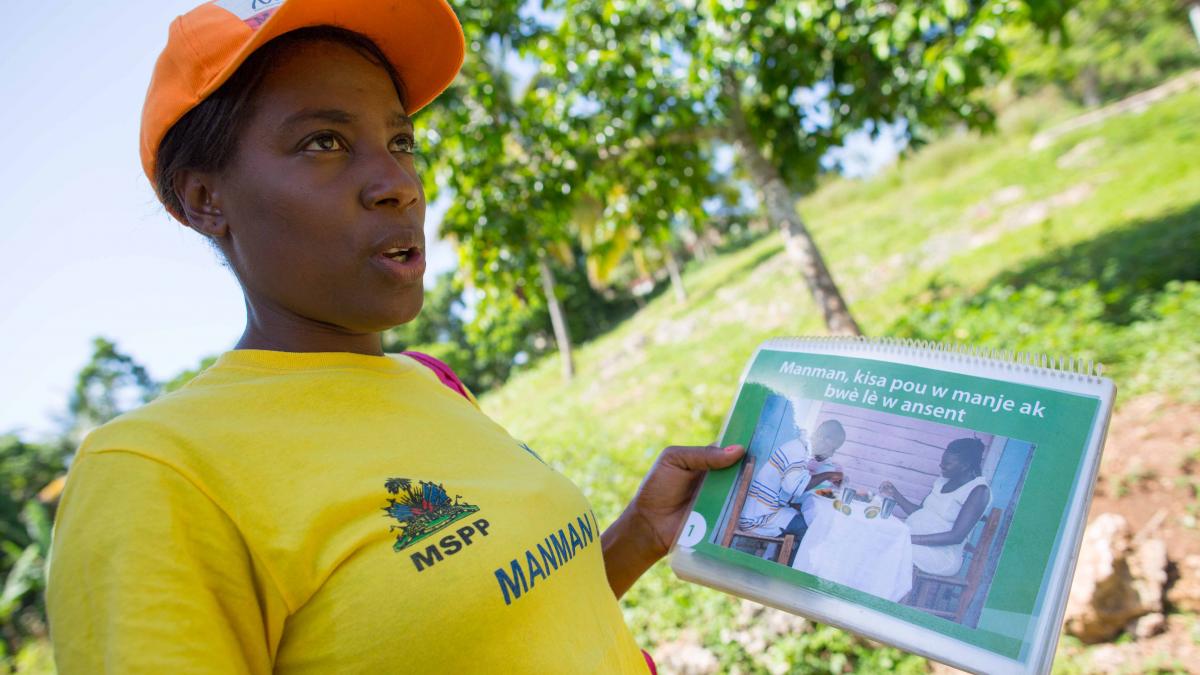
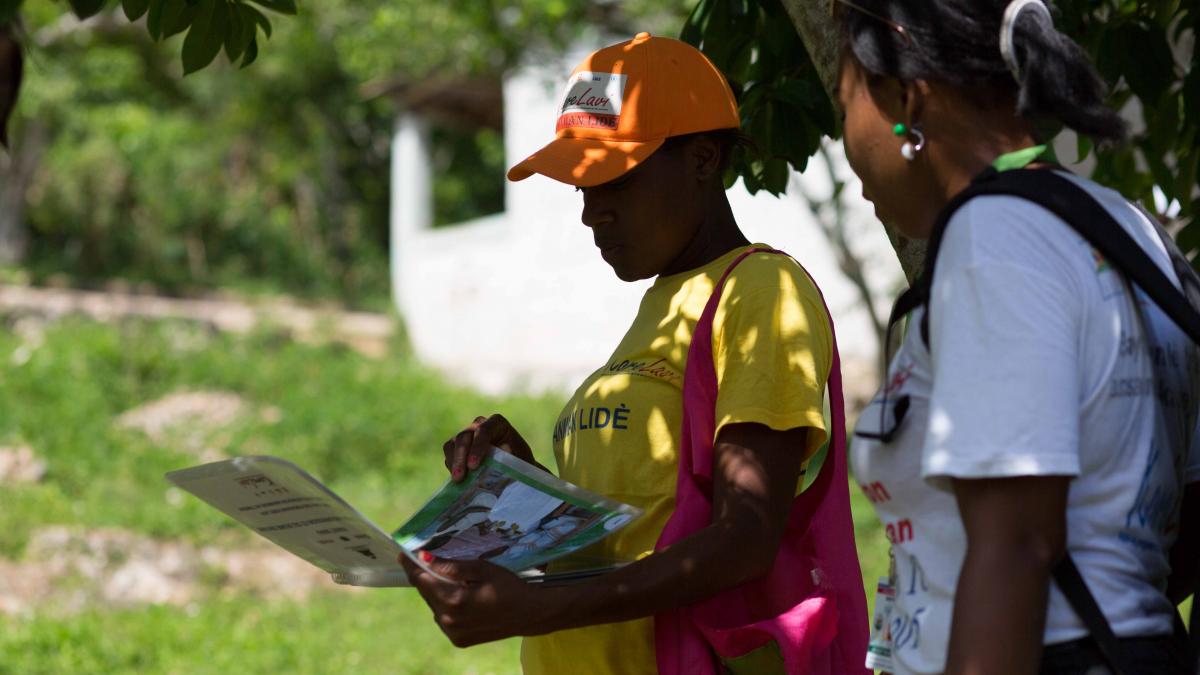
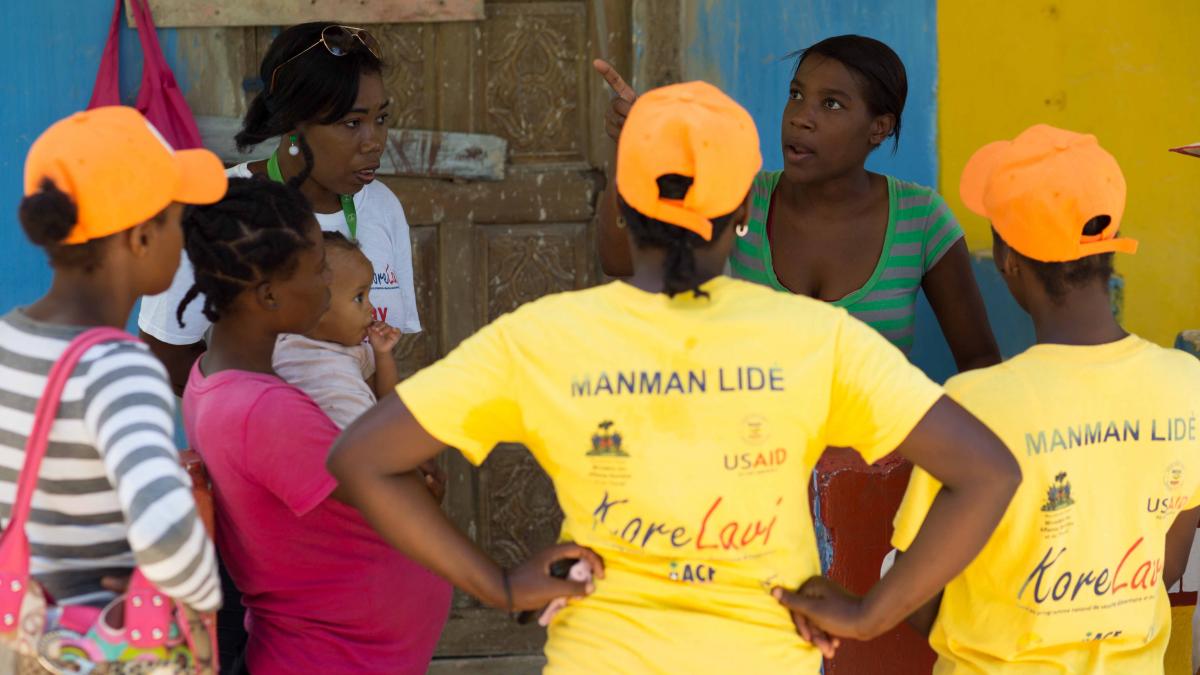
Distance is no obstacle for dialogue.
Natasha regularly walks miles up hills and along dirt pathways to reach 10 families located in the community of Musac.
During home visits, she confidently talks about maternal and child health issues like family planning and birth spacing and shares her experience as a mother. Illustrations in a flipbook help her describe how to breast feed and nourish newborns.
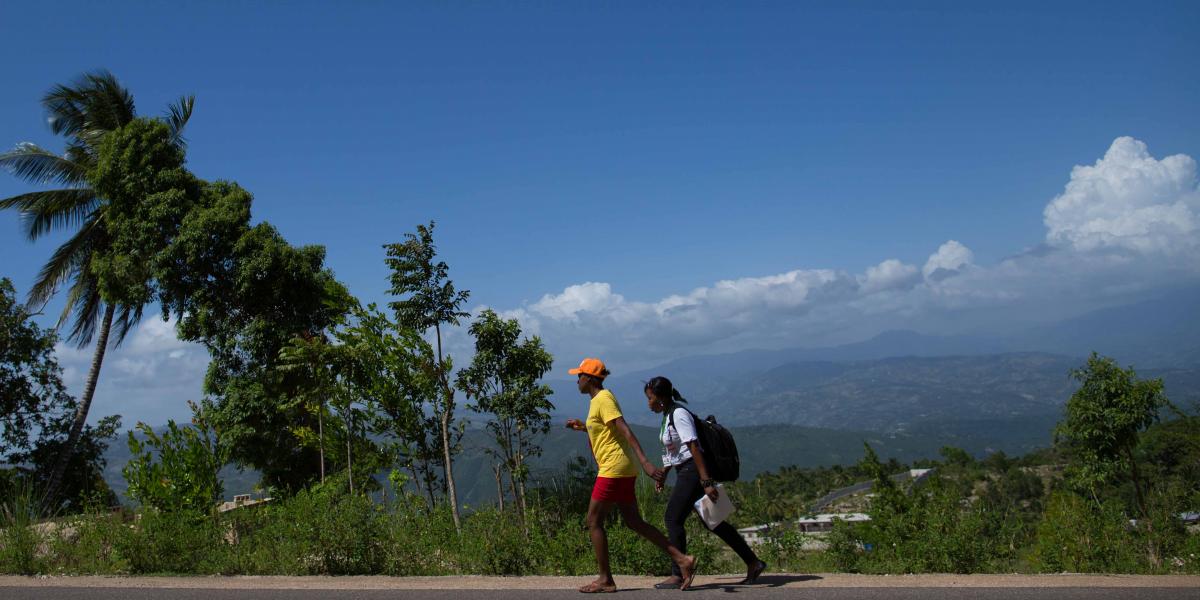
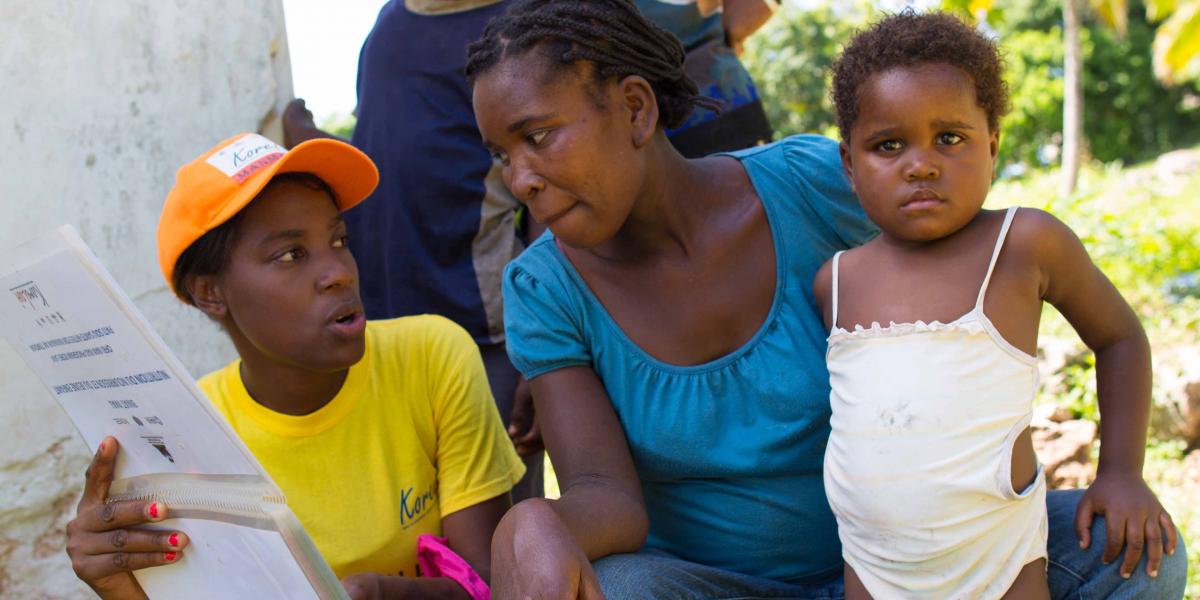
One mother she meets with has a child facing malnutrition and another baby on the way.
Kore Lavi offers protection against food insecurity and chronic malnutrition.
It is a stepping stone to well-being for affected families.
Kore Lavi’s food support for pregnant and lactating women through brought almost 63,000 children under 5 to good health in 2015.
Village Savings and Loans Associations help beneficiaries pool savings and access small loans, while conserving household assets such as produce, livestock, or money for school fees. Nutritious food and a stronger safety net system are making Haitian households more resilient.
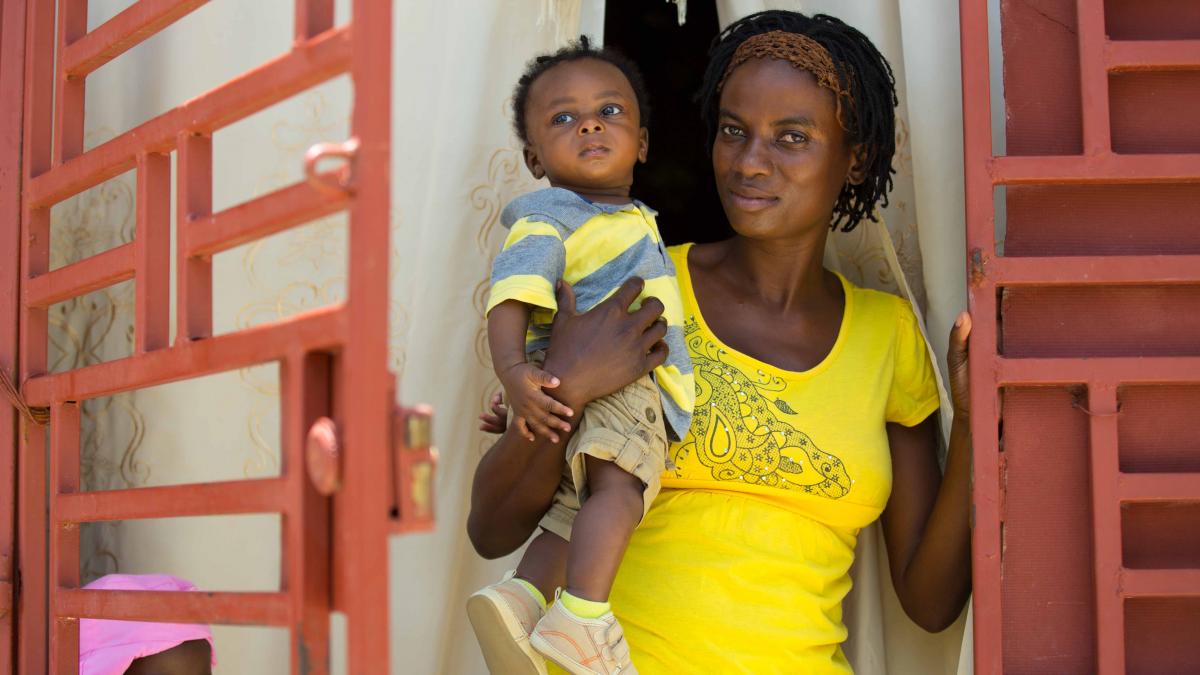
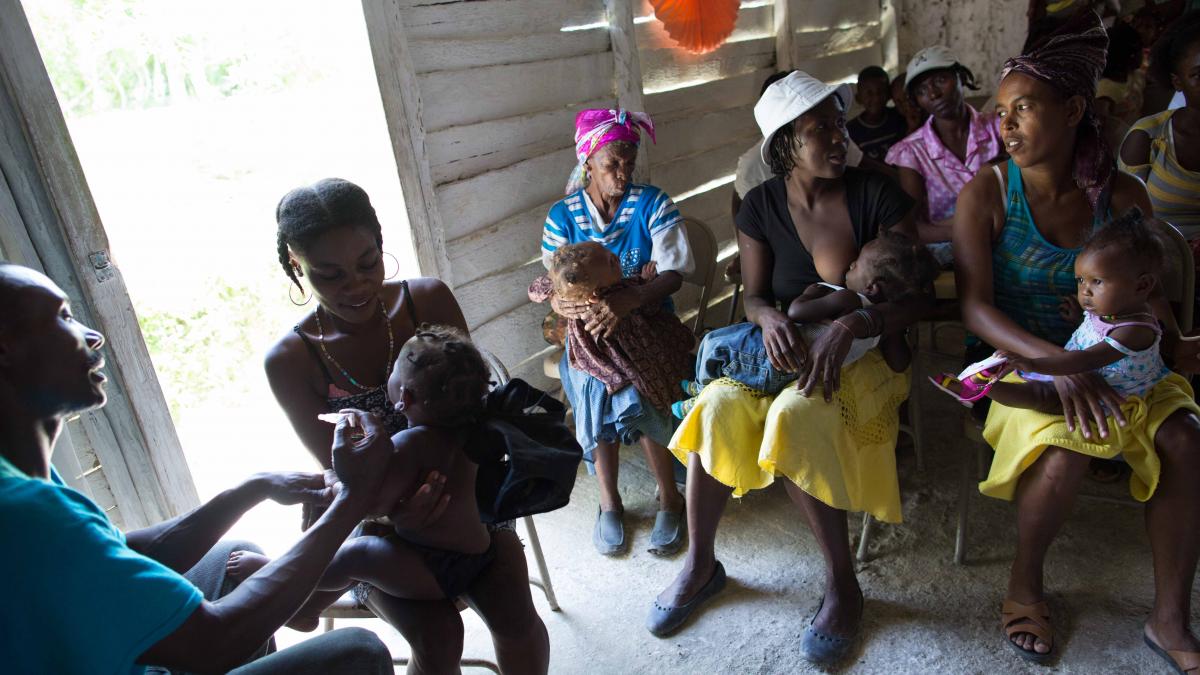
About This Story
In Haiti, more than 3.6 million people are estimated to be food insecure. Through the Kore Lavi program, USAID works with the Government of Haiti to reduce food insecurity by supporting a sustainable and scalable safety net system and preventing child malnutrition. Since 2013, over 525,000 Haitians across 18 communes have benefitted from the program.
Kore Lavi partners with the Ministry of Labor and Social Affairs (MAST) to bring quality local products to vulnerable rural communities. As of the second quarter of FY16, 117,576 households have received program food vouchers and nutrition interventions. More than 900 community-led Village Savings and Loans Associations (VSLA) strengthen financial self-sufficiency of Kore Lavi beneficiaries.
Kore Lavi also works with Haiti’s ministries for Women’s Affairs, Health and Population, the Civil Protection Directorate, CARE, the World Food Programme, World Vision, Action Contre La Faim and local civil society organizations to integrate gender equality into food security safety nets. Several of these partners are currently also responding to Hurricane Matthew with hot meals at shelters as well as food distributions to help families in the immediate aftermath.
Kore Lavi is part of the USAID Food for Peace Program and contributes to the U.S. Government’s global hunger and food security initiative, Feed the Future.


